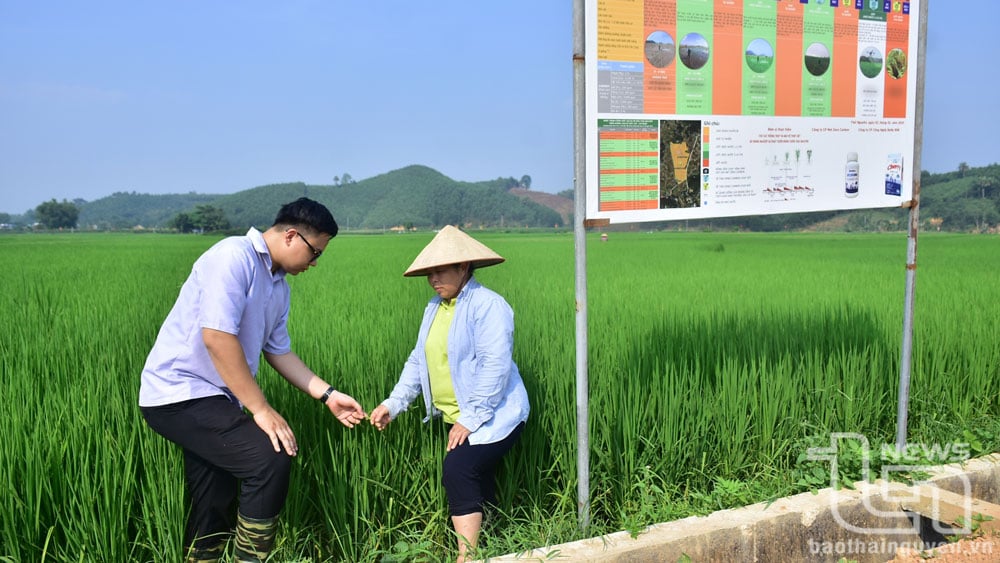 |
| At Ban Dong field, On Luong commune (Phu Luong), farmers implement a smart rice farming model, adapting to climate change. |
Over the past 3 months, many farmers in On Luong commune (Phu Luong) have approached and applied a new rice cultivation method for the first time. Different from the habit of keeping the fields flooded from planting to the time the rice forms ears, people now practice the process of alternating irrigation and drainage. On each field, farmers design a small ditch to facilitate water regulation when needed.
This is an intelligent rice cultivation model (AWD), a method to reduce methane emissions, aiming to build carbon credits in agriculture . The model is implemented by the provincial Department of Crop Production and Plant Protection in coordination with Net zero carbon Joint Stock Company from the spring crop of 2025; the implementation area is 12 hectares in the field of Ban Dong hamlet, with the participation of 101 households.
Ms. Phan Thi Hai, Ban Dong hamlet, On Luong commune: I have 5 contiguous fields, currently growing J02 rice variety according to the new model. We were guided very enthusiastically by technical staff throughout the process. Compared to the old method, this model helps reduce up to 70% of nitrogen, saving significantly on irrigation water. The rice plants are strong, healthy and have fewer pests and diseases.
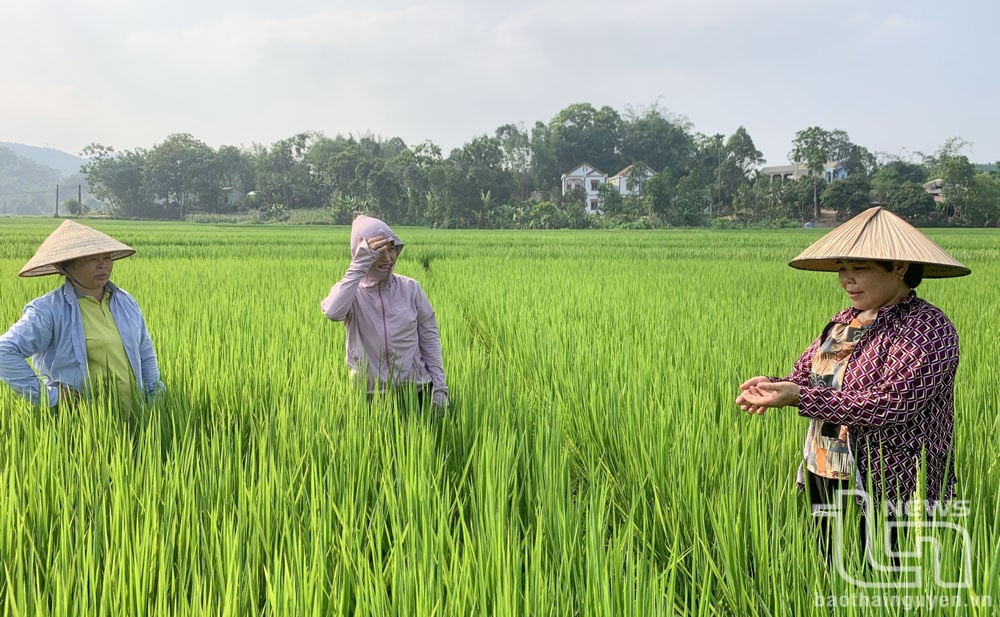 |
| In each field, farmers use alternating wet and dry irrigation ditches and apply a combination of improved rice cultivation methods. |
Participating in the model, people are trained in techniques and instructed on recording production logs from sowing, fertilizing, water regulation to pest control. In particular, people use the NetZero Carbon application to update images and report on the cultivation process on a digital platform. The model also supports people in using micronutrient fertilizers to help balance nutrition and increase resistance for rice; biological products support the decomposition of straw, making use of it as on-site fertilizer, reducing CO and CO₂ emissions, the main agents causing the greenhouse effect.
Ms. Hoang Thi Kim Oanh, Head of the Domestic Plant Quarantine Station, Department of Crop Production and Plant Protection of the province, said: The smart rice cultivation model of alternating wet and dry (AWD) applies a combination of cultivation methods such as: improved rice cultivation SRI, integrated plant health management IPHM, especially focusing on alternating irrigation and drainage during the growth and development of rice plants (4 times of drying under 30cm of water in the field, measured by a water level monitoring device). This helps the rice roots to develop strongly, the plants are healthy, resistant to lodging, drought, and responding to climate change and increasingly harsh weather. After the successful trial in On Luong, we will replicate it in other localities.
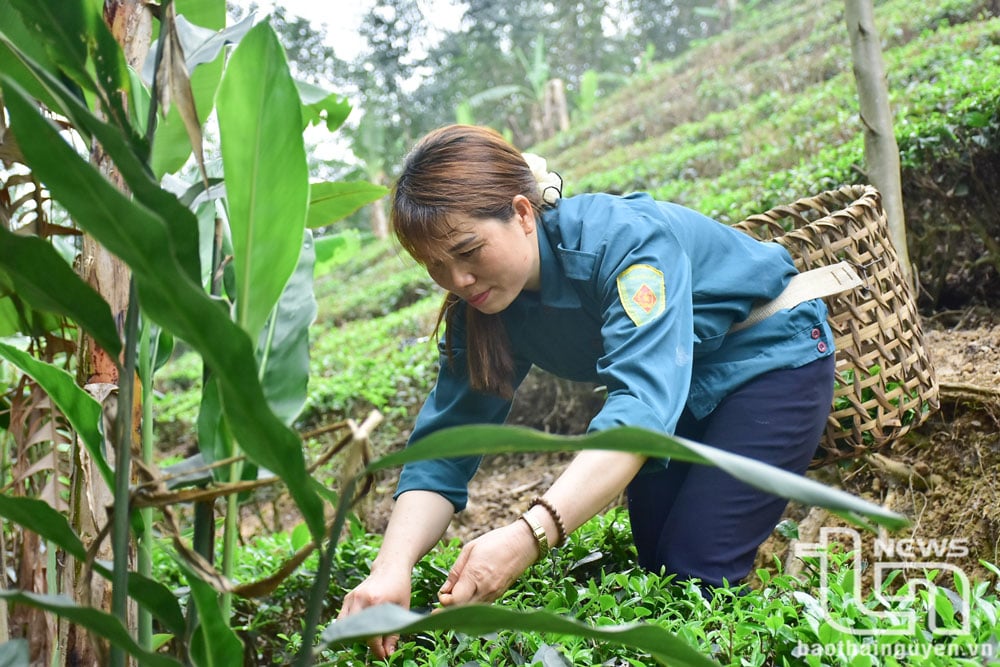 |
| Farmers in La Giang hamlet, Quang Son commune (Dong Hy) harvest midland tea grown organically. |
| The expected results of the model are to reduce methane emissions by 30-50% compared to continuous flooding; reduce nitrogen fertilizer by 10-15%, pesticides by about 30% and save irrigation water by up to 30%. All post-harvest straw (estimated at about 65 tons on an area of 12 hectares) is collected, treated with biological products to decompose quickly and used as organic fertilizer on site, instead of burning as before. Thanks to that, production efficiency increases by 8-10%, while contributing to environmental protection and moving towards sustainable agriculture. |
In recent years, drought during the planting season, especially in the spring, has significantly affected agricultural production in Thai Nguyen . To cope, farmers in the province have proactively applied many adaptive solutions. Some households have switched to organic rice cultivation, using organic fertilizers and biological products to help plants adapt better to harsh conditions. At the same time, the selection and use of rice varieties with good drought resistance and pest resistance such as J02, Thuy Huong 308, etc., are aimed at ensuring productivity in adverse weather conditions.
In mountainous areas, farmers have flexibly converted crops on sloping land, replacing ineffective rice with fruit trees, corn, cucumbers, etc., helping to increase income and use land more effectively. For tea - the province's main crop, many households have switched to VietGAP and organic farming, some households have preserved and planted new indigenous midland tea varieties to improve product quality and better adapt to climate and terrain conditions.
Source: https://baothainguyen.vn/kinh-te/202505/chuyen-doi-canh-tac-cay-trong-thich-ung-voi-bien-doi-khi-hau-cb00f5f/



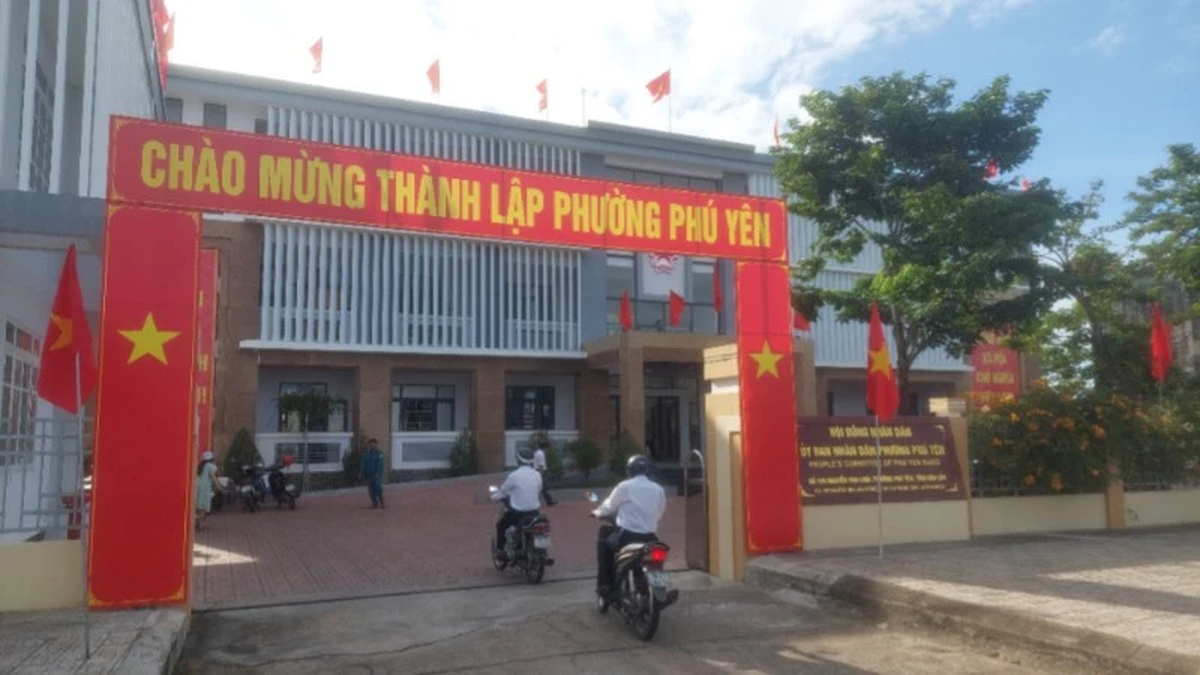

![[Photo] National Assembly Chairman visits Vi Thuy Commune Public Administration Service Center](https://vphoto.vietnam.vn/thumb/1200x675/vietnam/resource/IMAGE/2025/7/1/d170a5e8cb374ebcae8bf6f7047372b9)






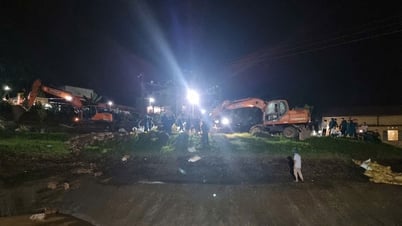

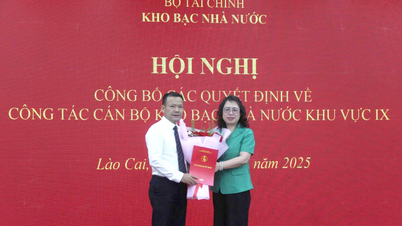

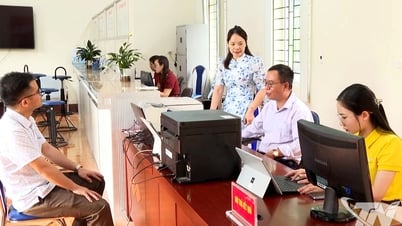
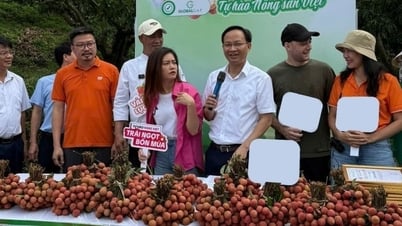



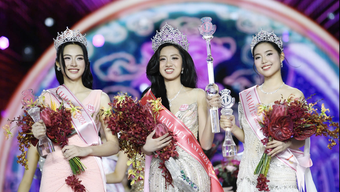


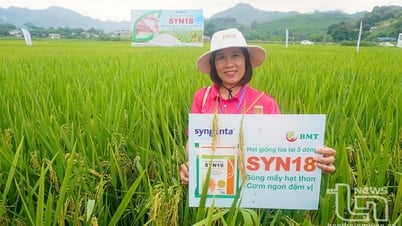

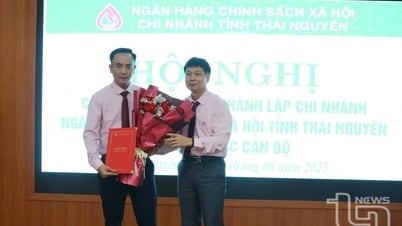
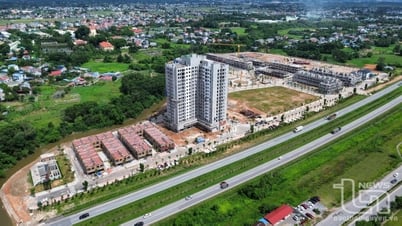
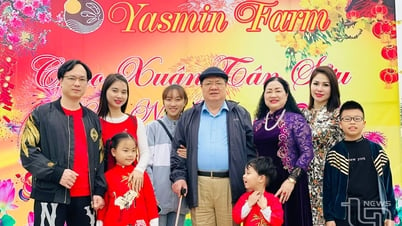
![[Photo] Standing member of the Secretariat Tran Cam Tu chaired a meeting with Party committees, offices, Party committees, agencies and Central organizations.](https://vphoto.vietnam.vn/thumb/1200x675/vietnam/resource/IMAGE/2025/7/1/b8922706fa384bbdadd4513b68879951)
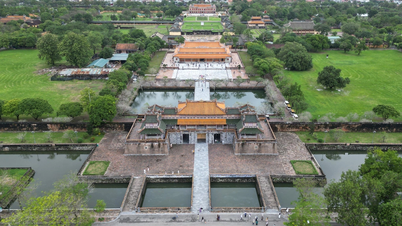



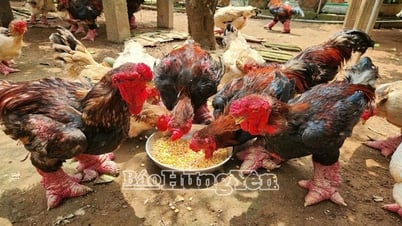

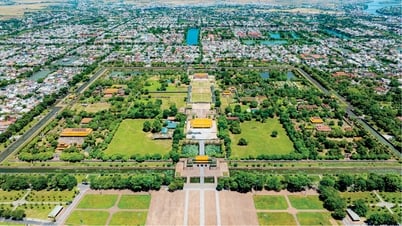



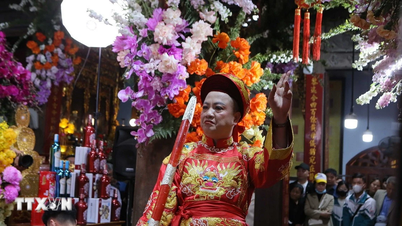
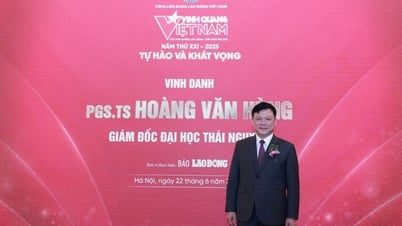



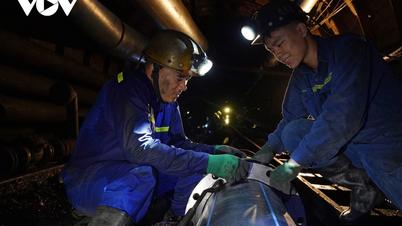

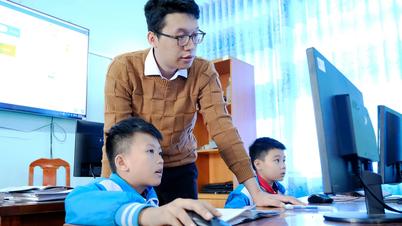

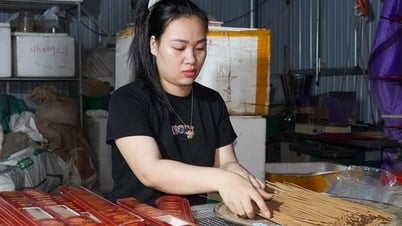





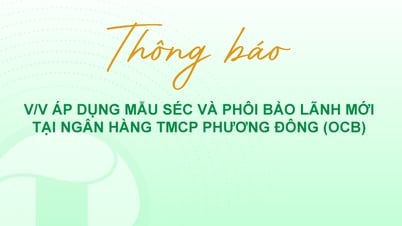
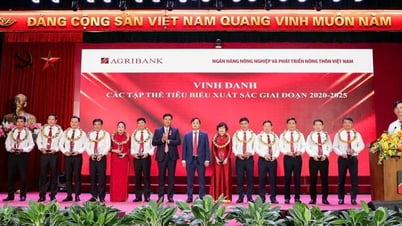


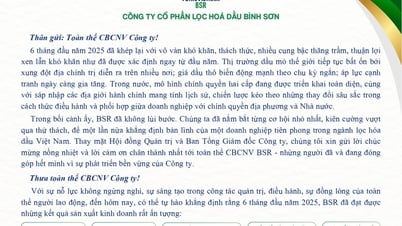



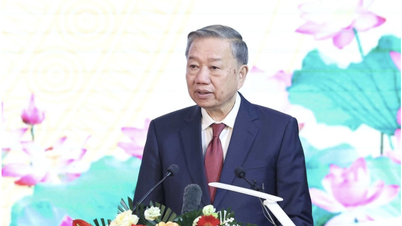

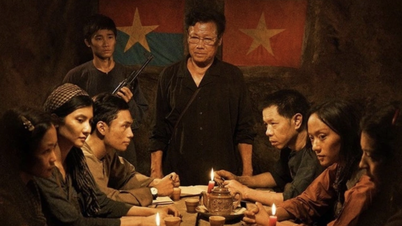
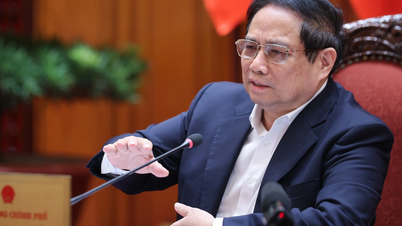
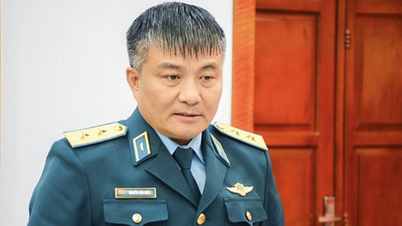
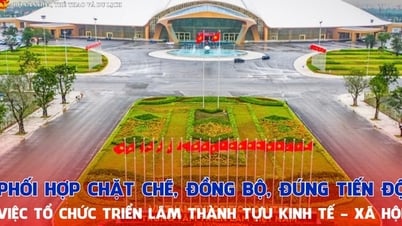


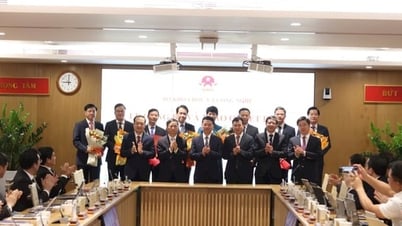

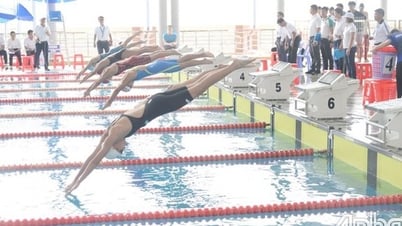

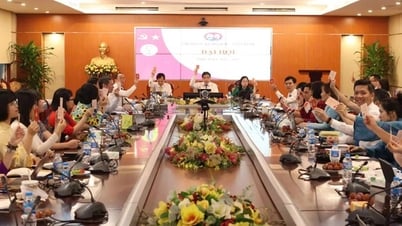
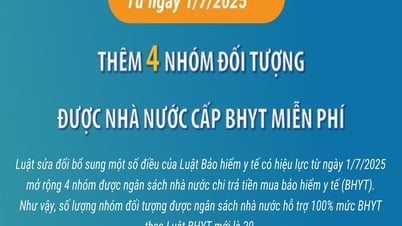

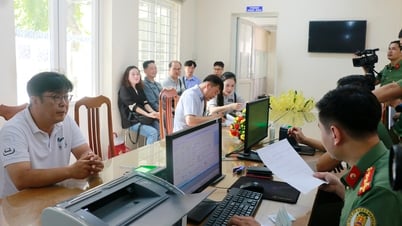
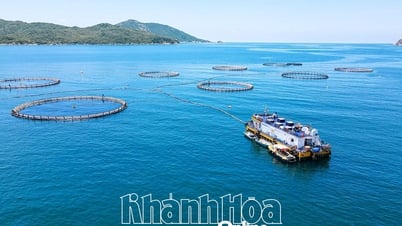

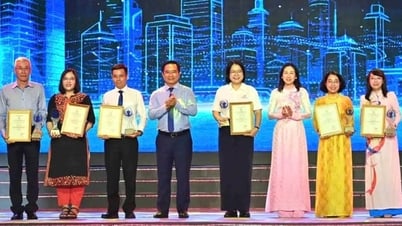

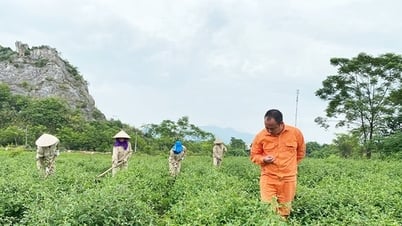
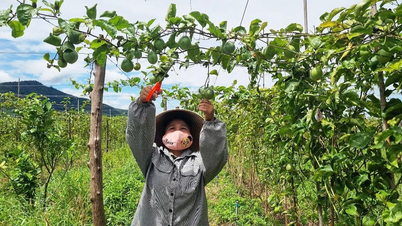



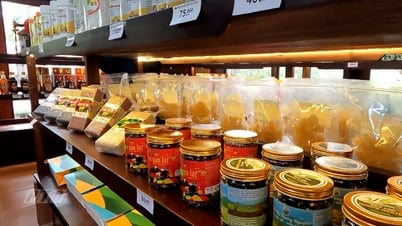

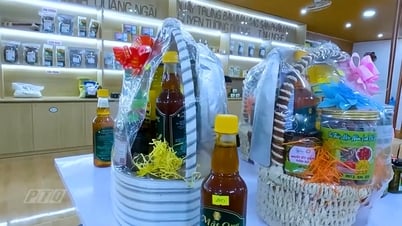
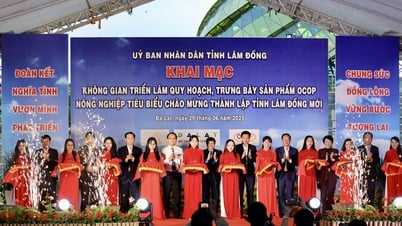




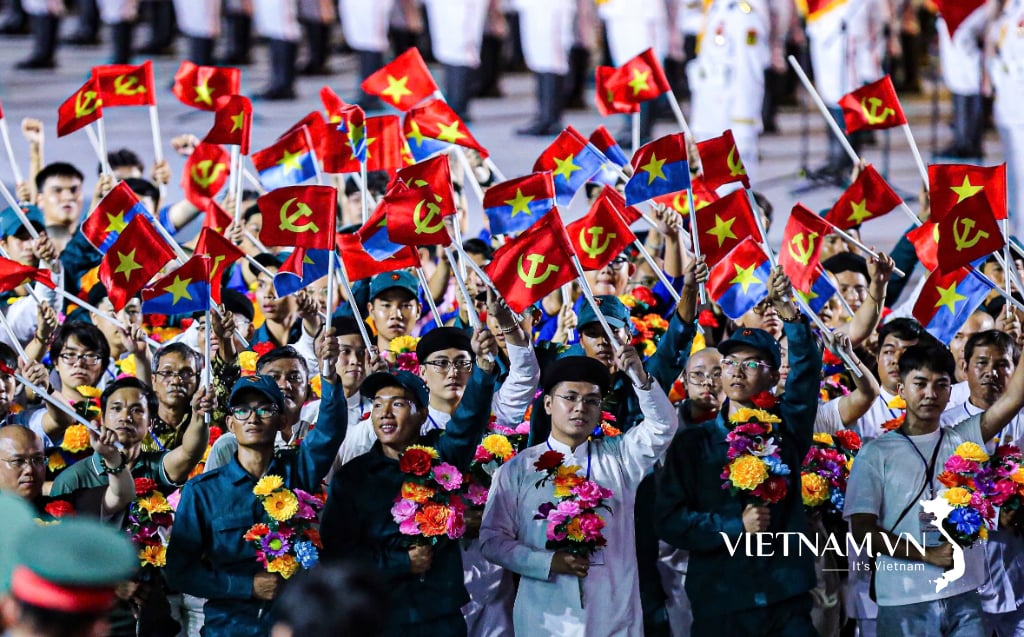

Comment (0)